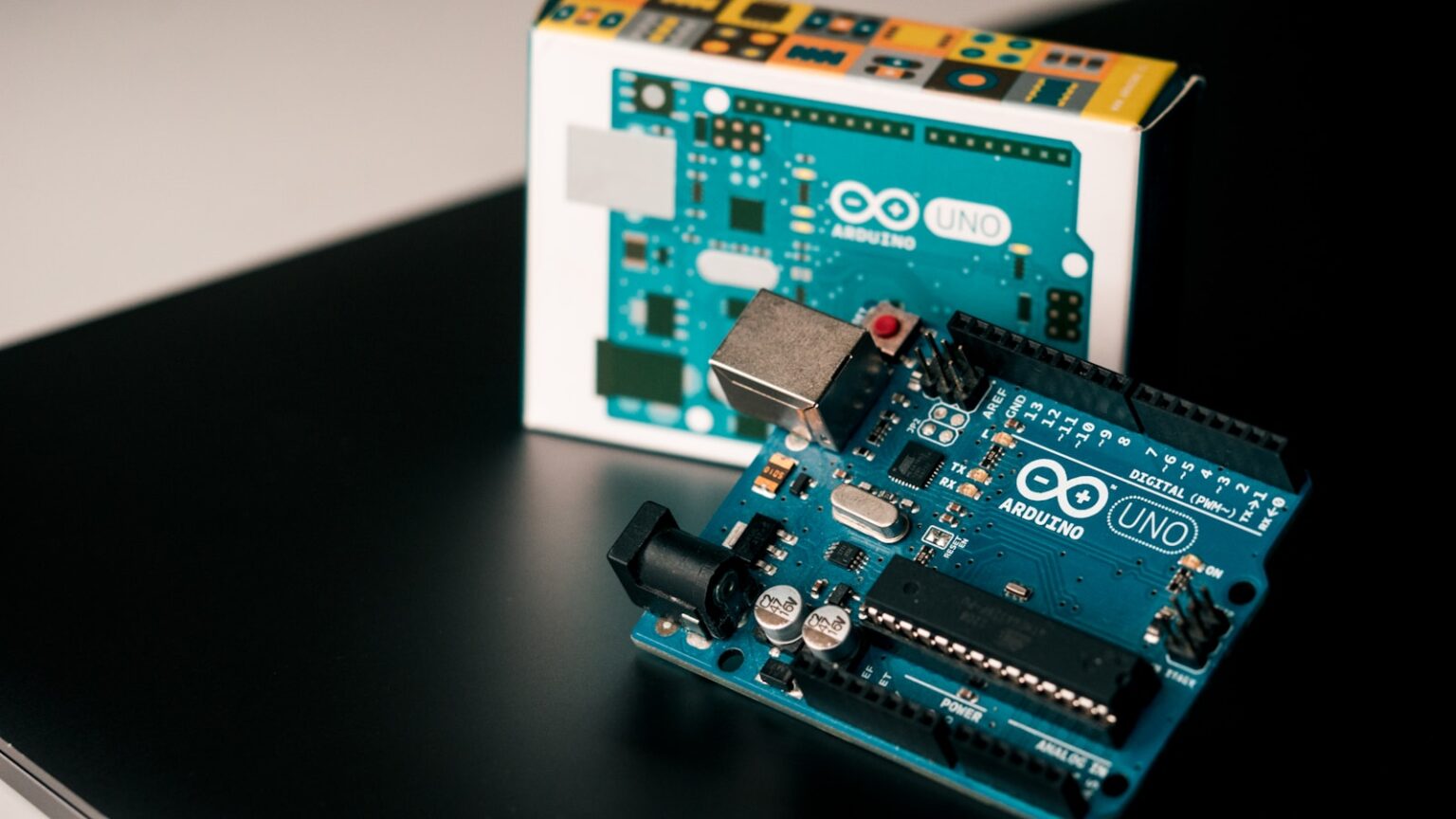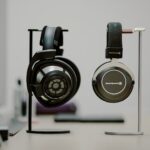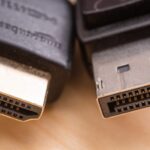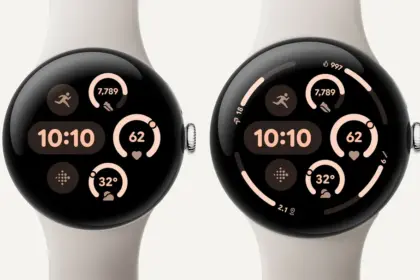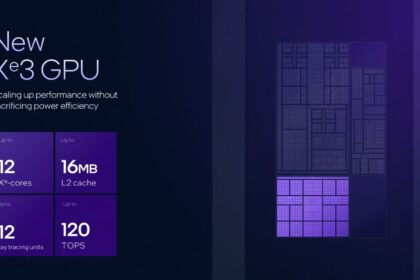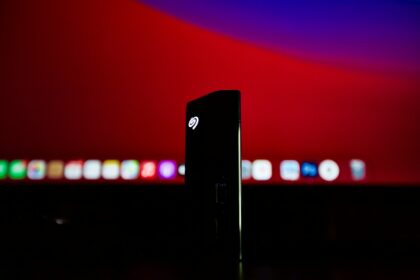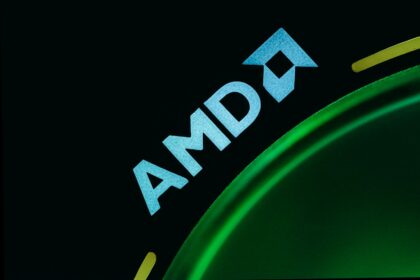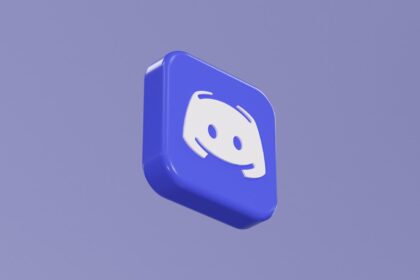The tech world just witnessed a surprising acquisition that could reshape DIY electronics forever. Qualcomm announced it’s buying Arduino, the beloved Italian company behind millions of microcontroller boards used by students, makers, and engineers worldwide. This deal brings together a mobile chip giant with the most popular open-source electronics platform on the planet.
The acquisition that nobody saw coming
Qualcomm’s purchase of Arduino for an undisclosed amount represents a major shift in the microcontroller landscape. Arduino has been the go-to choice for electronics education and prototyping since 2005. With over 33 million active users globally, it’s created one of the largest maker communities in tech history.
The timing isn’t accidental. Qualcomm is aggressively expanding beyond smartphone chips into AI-powered edge computing. This acquisition follows recent purchases of Edge Impulse and Foundries.io. Together, these companies create what Qualcomm calls a “full-stack edge platform” spanning hardware, software, and cloud services.
“With our acquisitions of Foundries.io, Edge Impulse, and now Arduino, we are accelerating our vision to democratize access to our leading-edge AI and computing products for the global developer community”, said Nakul Duggal, Qualcomm’s Group General Manager for Automotive, Industrial and Embedded IoT.
The new Arduino Uno Q changes everything
The first product from this partnership is the Arduino Uno Q, which combines traditional microcontroller features with full Linux computing power. This isn’t your typical Arduino board. It features a Qualcomm Dragonwing QRB2210 quad-core processor alongside an STM32U585 microcontroller in one compact package.
The specifications are impressive. The base model includes 2GB of LPDDR4 RAM and 16GB of eMMC storage for $44. A higher-end version with 4GB RAM and 32GB storage costs $59. Both models support WiFi 5, Bluetooth 5.1, and can run full Debian Linux alongside real-time microcontroller tasks.
“Arduino UNO Q combines high-performance computing and precise real-time control in one compact board”, according to the official announcement. The board maintains Arduino’s familiar form factor and connector layout, ensuring compatibility with existing shields and accessories.
How it compares to Raspberry Pi
The Uno Q directly challenges Raspberry Pi’s dominance in single-board computers. While a Raspberry Pi 5 costs around $80 for 8GB of RAM, the Uno Q starts at just $44 with comparable features. The key difference is the dual-processor architecture that combines microcontroller precision with Linux flexibility.
Raspberry Pi uses Broadcom processors that focus on general computing tasks. The Uno Q’s Qualcomm chip includes dedicated AI acceleration and specialized processing units designed for edge computing applications. This makes it particularly well-suited for robotics, IoT devices, and AI inference tasks.
The Qualcomm Dragonwing QRB2210 processor includes an Adreno GPU for graphics processing and multiple camera inputs for computer vision applications. These features position the Uno Q as a more specialized platform compared to Raspberry Pi’s general-purpose approach.
Arduino App Lab revolutionizes development
Qualcomm and Arduino launched Arduino App Lab, a new integrated development environment that unifies multiple programming approaches. This software combines traditional Arduino C++ sketches with Python programming and AI model development in one interface.
The App Lab addresses a major challenge in embedded AI development. Previously, developers needed separate tools for microcontroller programming, Linux applications, and machine learning workflows. App Lab integrates these workflows, allowing seamless switching between real-time control and high-level AI processing.
“Our passion for simplicity, affordability, and community gave rise to a movement that changed technology”, said Massimo Banzi, Arduino’s co-founder. “By joining Qualcomm Technologies, we’ll bring cutting-edge AI tools to our community while staying true to what has always mattered most to us.”
Community concerns about open source future
The Arduino community has expressed mixed reactions to Qualcomm’s acquisition. Many makers worry about potential changes to Arduino’s open-source philosophy and community-focused approach. Corporate acquisitions often lead to proprietary tools and closed ecosystems.
Qualcomm has repeatedly promised that Arduino will retain its independent brand, tools, and mission. The company states that Arduino will continue supporting microcontrollers from multiple vendors, not just Qualcomm chips. However, skeptics question whether these promises will hold long-term.
Reddit discussions reveal specific concerns about documentation quality, proprietary software requirements, and increased prices. Some users worry that entry-level boards might become expensive Linux computers rather than simple, affordable microcontrollers.
“I get the whole ‘more resources, fancy new boards, AI at the edge’ pitch, but a bunch of red flags are popping up”, noted one Arduino community member on Reddit.
The strategic AI edge computing play
This acquisition fits perfectly into Qualcomm’s broader strategy of dominating edge AI computing. Edge computing processes data locally on devices rather than sending it to cloud servers. This approach reduces latency, improves privacy, and works without internet connections.
Arduino’s massive developer community gives Qualcomm direct access to millions of potential customers. Many Arduino projects eventually evolve from prototypes into commercial products. By capturing developers early in the design process, Qualcomm hopes to win long-term chip design wins.
The company already acquired Edge Impulse, which provides AI model training and deployment tools for microcontrollers. Combined with Arduino’s hardware platform and community, Qualcomm now offers end-to-end AI development solutions.
“We will benefit tremendously from this Arduino partnership, as we are mainly a B2B company, and we need to be more accessible to the developer community”, explained Duggal during the announcement.
Technical specifications that matter
The Uno Q’s dual-processor architecture represents a significant technical advancement. The Qualcomm Dragonwing QRB2210 runs at 2GHz and handles Linux applications, AI processing, and connectivity. The STM32U585 microcontroller manages real-time tasks, sensor interfacing, and traditional Arduino functions.
This hybrid approach solves common problems in embedded AI development. Linux provides powerful processing capabilities but lacks real-time guarantees. Microcontrollers offer precise timing but limited processing power. The Uno Q combines both advantages in one board.
Connectivity options include WiFi 5 dual-band support, Bluetooth 5.1, USB-C for power and data, and traditional Arduino GPIO pins. The board maintains compatibility with existing Arduino shields while adding new expansion connectors for high-speed interfaces.
Additional features include 4 RGB LEDs, an 8×13 LED matrix display, a Qwiic connector for easy sensor connections, and dedicated connectors for cameras and displays. The board ships with both USB-C and 3.5mm audio cables, plus an airline adapter for travel use.
Pricing and market positioning
The Uno Q’s pricing strategy directly targets Raspberry Pi and other single-board computers. At $44 for the base model, it’s significantly cheaper than comparable Linux-capable boards. The $59 high-end model still undercuts most alternatives while offering better AI capabilities.
Traditional Arduino boards cost $20-30, making the Uno Q a premium option within Arduino’s lineup. However, the added Linux capabilities and AI acceleration justify the higher price for advanced projects. Simple microcontroller tasks can still use standard Arduino boards.
Shipping begins October 25, 2025 for the 2GB model, with the 4GB version following by year-end. Pre-orders are already available through Arduino’s official store and major electronics distributors.
Global semiconductor market implications
Qualcomm’s Arduino acquisition reflects broader trends in the semiconductor industry. Major chip companies are consolidating software capabilities to differentiate their hardware offerings. Pure hardware sales face increasing competition and margin pressure.
The microcontroller market is projected to grow from $28.6 billion in 2024 to over $68 billion by 2032. AI-capable edge devices represent the fastest-growing segment within this market. By controlling both hardware and software platforms, companies can capture more value from this growth.
Arduino’s acquisition also highlights the strategic importance of developer communities. Winning developer mindshare early often translates into long-term commercial success as projects scale from prototypes to production.
What this means for makers and students
For Arduino’s existing community, the immediate impact should be minimal. Current boards and software will continue working unchanged. The Arduino IDE remains available for all existing projects and hardware configurations.
The Uno Q opens new possibilities for advanced projects requiring AI processing, computer vision, or complex data analysis. Students can now learn both microcontroller programming and Linux system development on one platform. This unified approach may simplify embedded systems education.
However, some makers worry about increased complexity and costs. Simple projects that need basic input/output control might be overkill for the Uno Q’s capabilities. Traditional Arduino boards will likely remain better choices for straightforward applications.
Looking ahead to the future
The Arduino-Qualcomm partnership represents a significant milestone in democratizing AI development. By combining approachable hardware with powerful AI capabilities, they’re lowering barriers to creating intelligent devices.
Success will depend on maintaining Arduino’s core values of simplicity, affordability, and open development. If Qualcomm can deliver on its promises while expanding Arduino’s capabilities, this could benefit the entire maker community.
The real test will come in the next few years as more products emerge from this partnership. Whether Arduino retains its community focus or becomes another corporate development platform will determine the acquisition’s long-term legacy.
“The launch of UNO Q is just the beginning— we’re excited to empower our global community with powerful tools that make AI development intuitive, scalable, and open to everyone”, concluded Fabio Violante, Arduino’s CEO.


